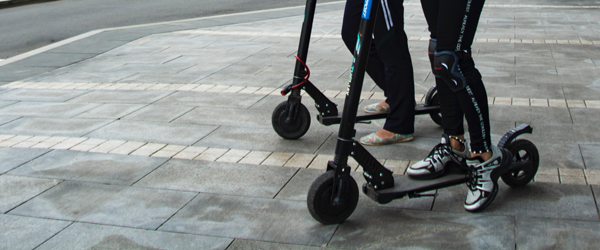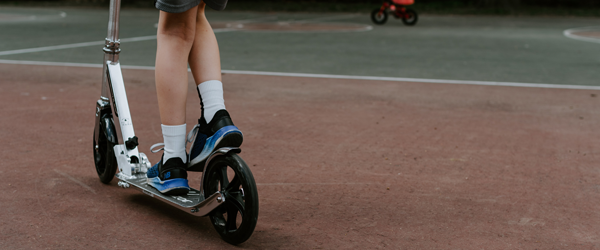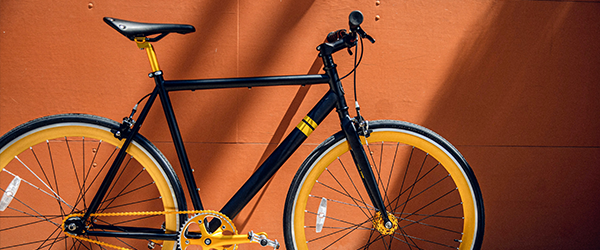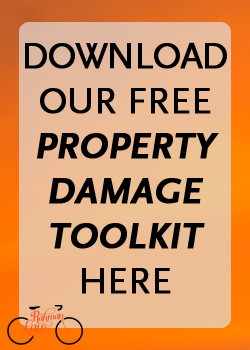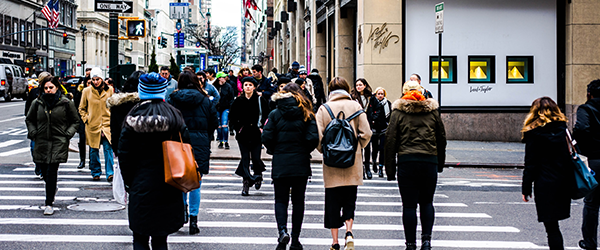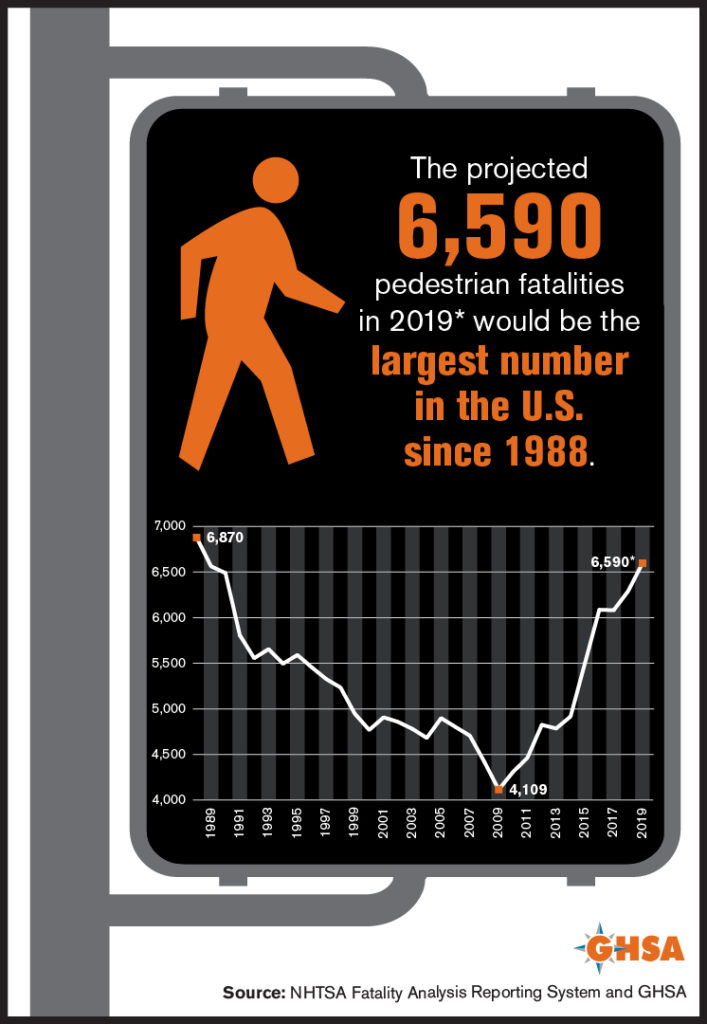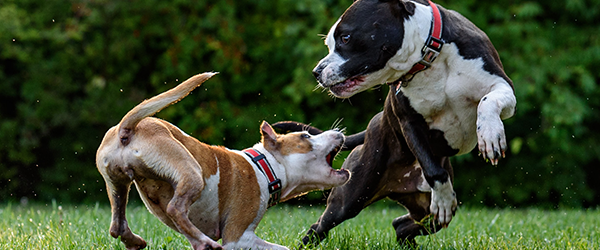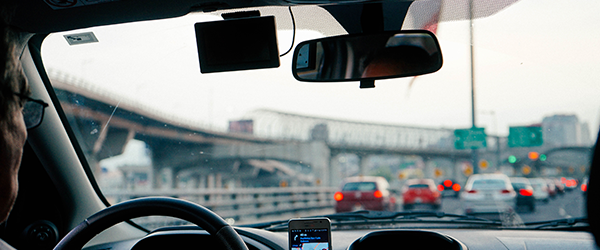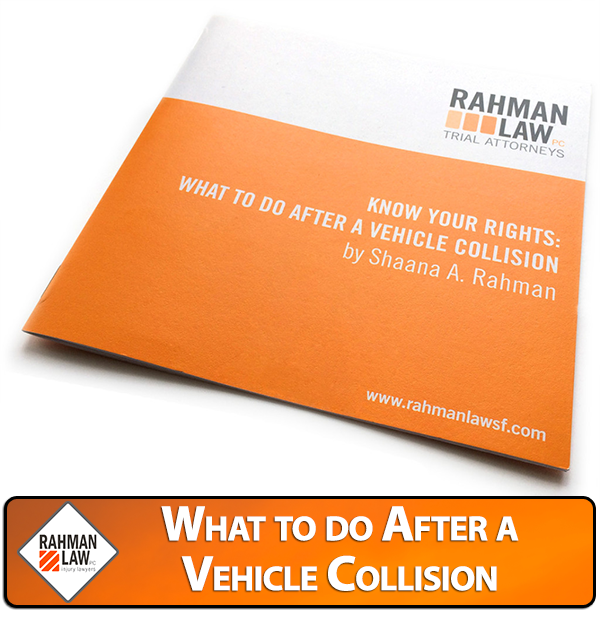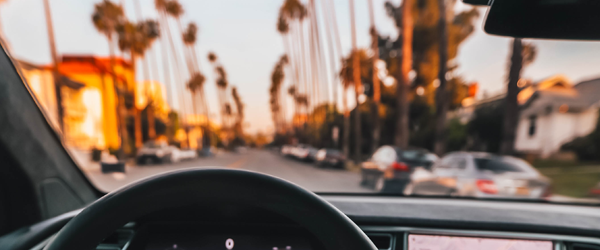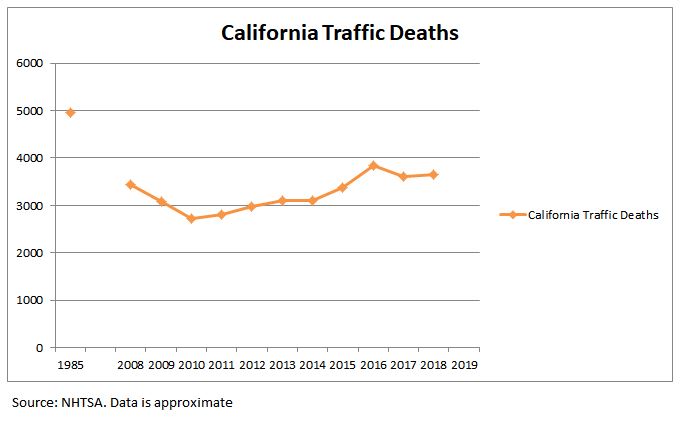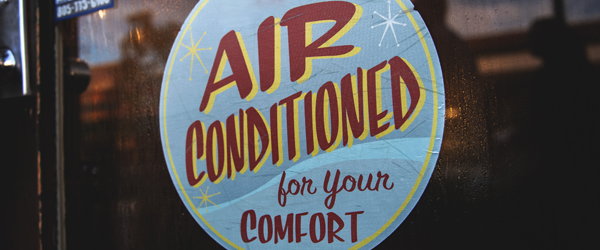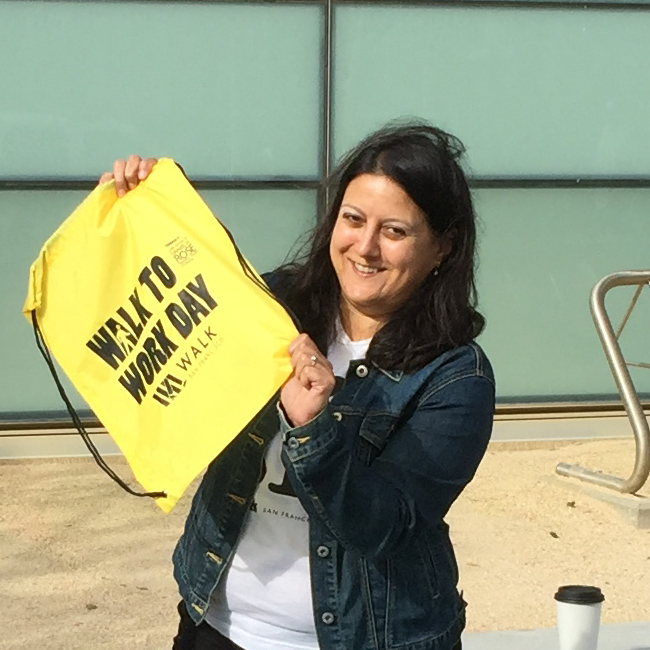
California Assembly Bill Number 122 was introduced in December of 2020 but has undergone some amendments in March and May of 2021, as is typical in the lifecycle of an Assembly Bill. Here’s what you need to know about Assembly Bill 122 to limit bicycle accidents from a bicycle accident lawyer’s perspective.
First, it’s important to know that more than a dozen bicycle advocacy organizations support the Bill across the state of California, including MCBC (Marin County Bicycle Coalition, an organization focused on bicycle safety which we support). Also, other states already have similar vehicle codes in place, including Washington, Oregon, Idaho, Colorado, Arkansas, and Delaware, which means AB 122 is not a new concept.
What does AB 122 Change?
If passed, California Assembly Bill Number 122 would change the vehicle code in California to allow bicyclists to treat Stop signs as they would a Yield sign. This increases bicycle rider safety and decreases bicycle accidents, which has been demonstrated in studies in Idaho (who was first to create the stop-as-yield law) and Delaware. In 2008, an investigation was conducted locally by the San Francisco Bay Area Metropolitan Transportation Commission, which has added to the data on this subject. In 2009, a study of Idaho conducted by J. Meggs at UC Berkeley showed a decrease of 14.5% in bicyclist injuries after the passage of the new law.
As bicycle accident lawyers, we support new systems which reduce the rate of bicyclist injuries.
What does AB 122 Not Change?
California Assembly Bill Number 122 is not a free license to blow through stop signs all the time or every time. Bicyclists will still obey red traffic lights and treat them as a full stop. Bicyclists will also still give the right-of-way to pedestrians who always have the right of way. And bicyclists will continue to stop at stop signs when there is traffic with the right-of-way.
Intersections are Dangerous for Cyclists
While according to the NHTSA, most bicyclist fatalities occur away from intersections in 45- and 55-mph zones, most bicyclist injuries occur in 25-mph zones where intersections and stop signs are most prevalent. Bicycle accidents do often happen at intersections and the UC Berkley study calls intersections the “most dangerous zone” for bicyclists. Reducing injury rates by 14.5 % would be a great step in the right direction.


